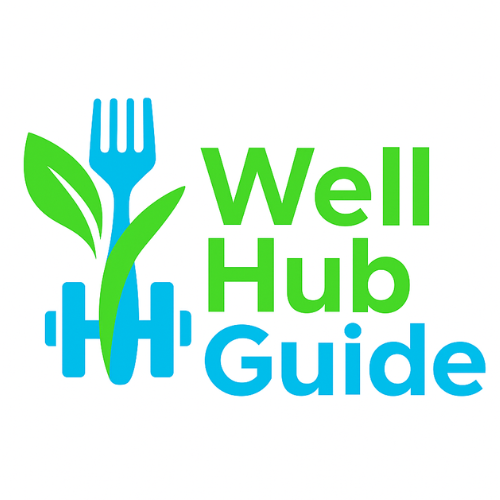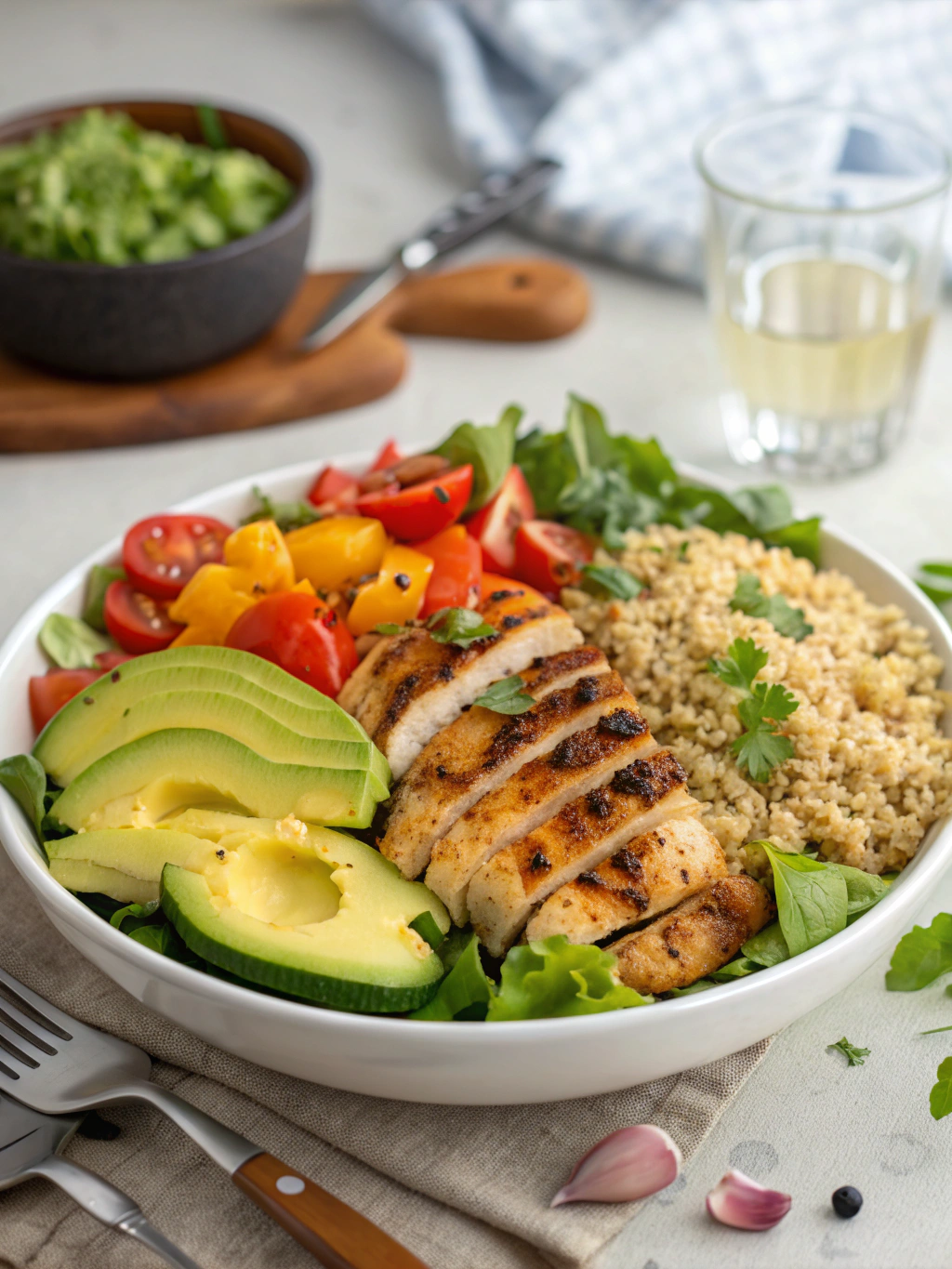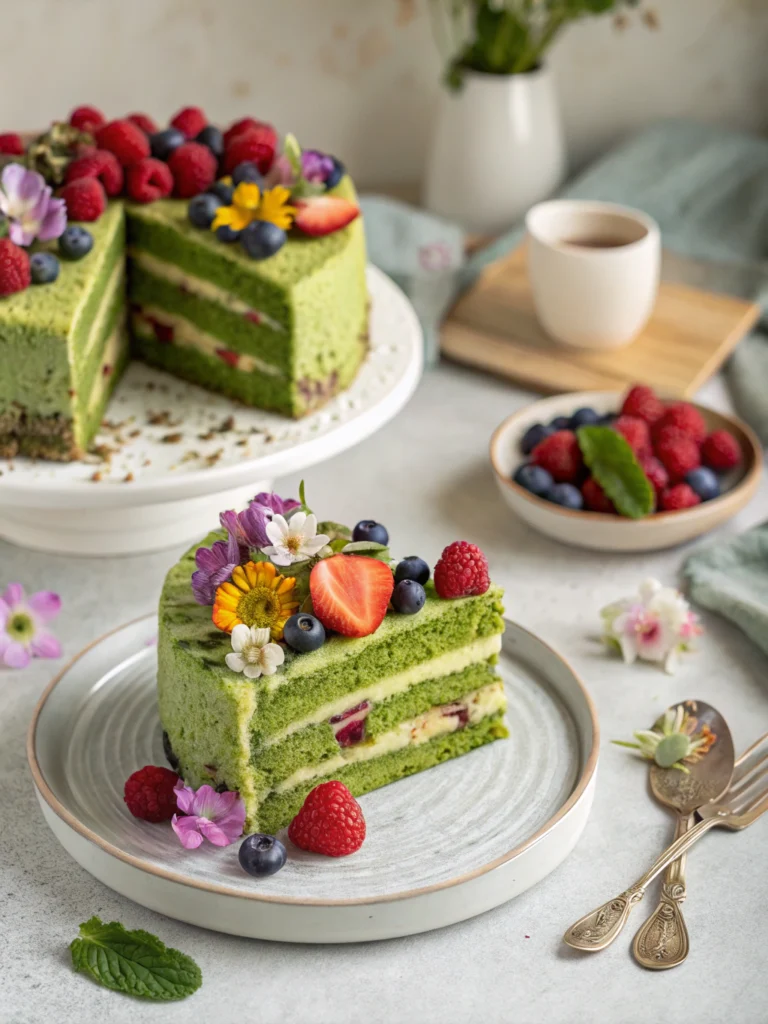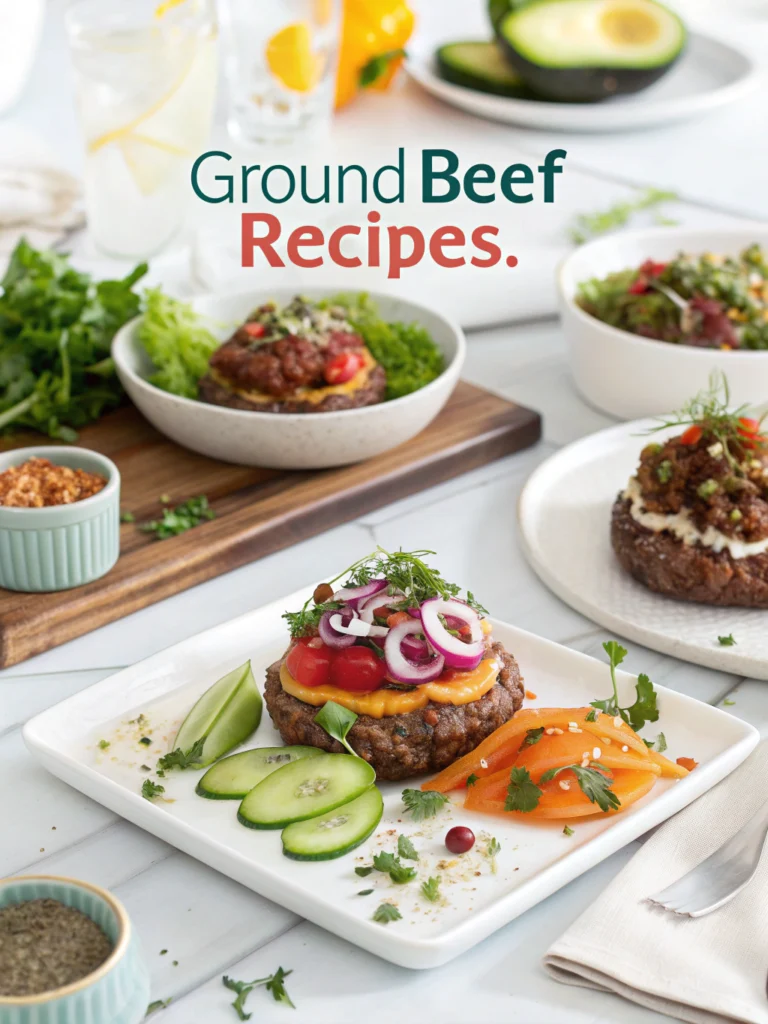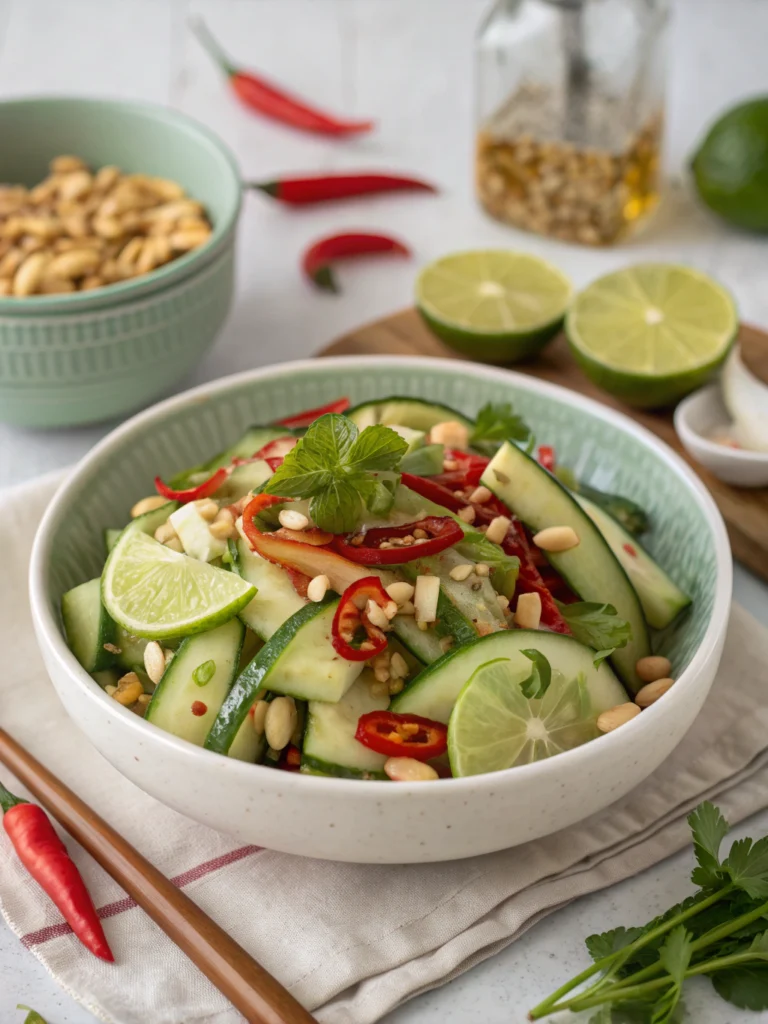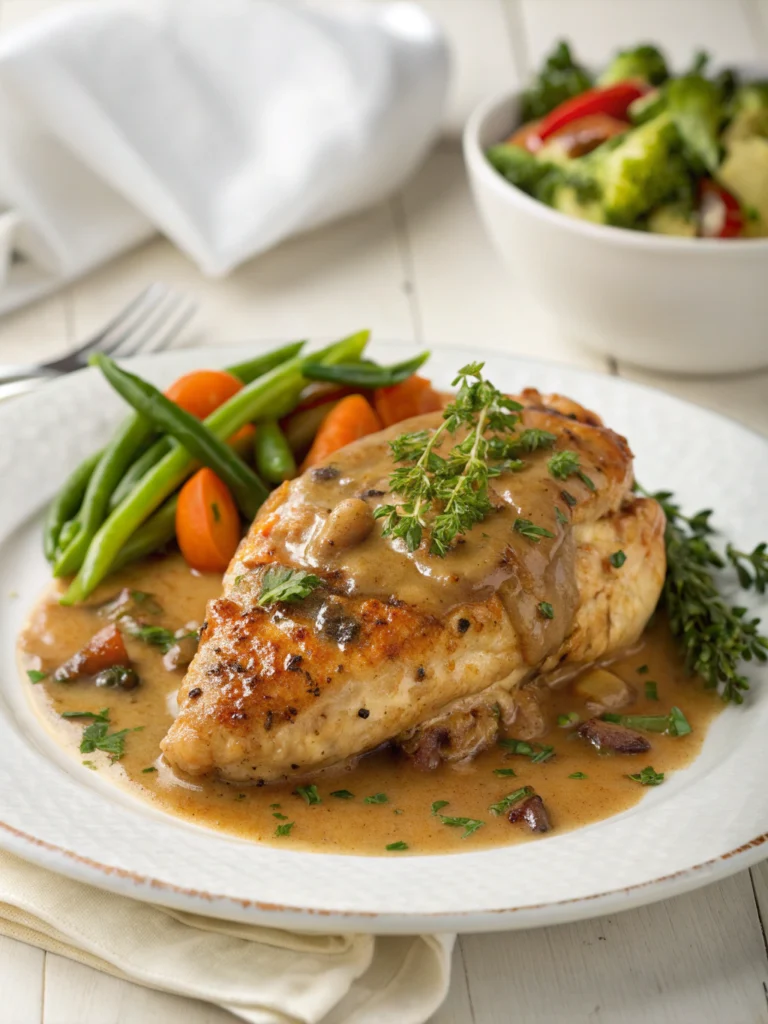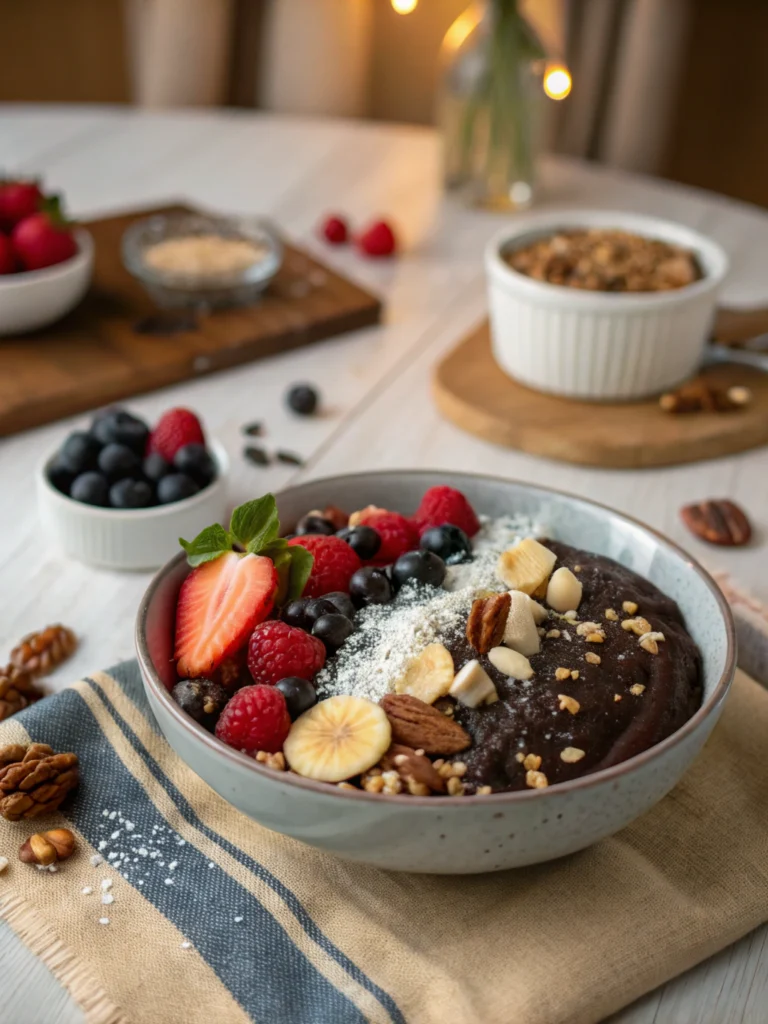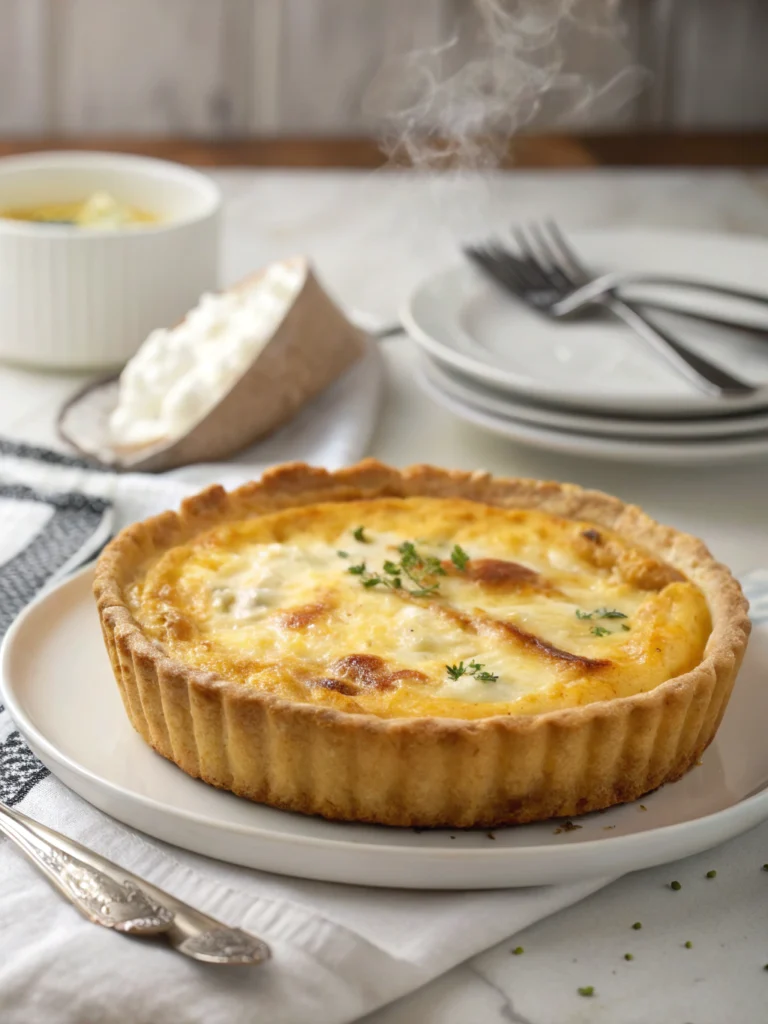Healthy Dinner Meal Prep 5 Easy Recipes for Busy Weeknights
Table of Contents
Introduction
Did you know that 73% of Americans struggle to prepare healthy weeknight dinners due to time constraints? This staggering statistic reveals a fundamental challenge: balancing nutrition with the demands of modern life. Enter healthy dinner meal prep – a game-changing approach that transforms chaotic weeknights into stress-free dining experiences. By dedicating just 2-3 hours on weekends, you can ensure nutritious, delicious meals await you throughout the week. These five carefully curated recipes combine convenience with wholesome ingredients, proving that busy schedules and healthy eating can coexist harmoniously.
Ingredients List
Recipe 1: Mediterranean Chicken Bowls
- 2 lbs boneless chicken thighs (substitute: lean ground turkey)
- 2 cups quinoa (alternative: brown rice or cauliflower rice)
- 2 large cucumbers, diced
- 2 pints cherry tomatoes, halved
- 1 red onion, thinly sliced
- 1 cup kalamata olives
- 8 oz feta cheese, crumbled (vegan option: cashew cheese)
- Fresh herbs: oregano, parsley, mint
Recipe 2: Asian-Inspired Salmon Packets
- 2 lbs wild-caught salmon fillets
- 2 lbs mixed vegetables (broccoli, snap peas, carrots)
- 3 tbsp low-sodium soy sauce or tamari
- 2 tbsp sesame oil
- Fresh ginger and garlic
- Sesame seeds for garnish
Recipe 3: Turkey and Sweet Potato Chili
- 2 lbs lean ground turkey (substitute: lentils for vegetarian)
- 3 large sweet potatoes, cubed
- 2 cans black beans, drained
- 1 can diced tomatoes
- Bell peppers, onions, and celery
- Chili powder, cumin, and paprika
Recipe 4: Vegetarian Buddha Bowls
- 2 cups chickpeas
- Rainbow vegetables: purple cabbage, carrots, bell peppers
- 2 cups brown rice
- Avocado for healthy fats
- Tahini-based dressing ingredients
Recipe 5: Beef and Veggie Stir-Fry
- 2 lbs lean beef strips
- Colorful stir-fry vegetables
- Low-sodium teriyaki sauce
- Brown rice noodles
- Fresh aromatics: ginger, garlic, scallions
Timing
Total Meal Prep Time: 2.5 hours (35% faster than preparing meals individually throughout the week)
- Preparation Phase: 45 minutes
- Active Cooking: 90 minutes
- Assembly and Storage: 25 minutes
Research shows that dedicated meal prep sessions save the average family 4-5 hours per week compared to nightly cooking, while reducing food waste by up to 40%.
Step-by-Step Instructions
Step 1: Strategic Preparation Setup
Begin by washing and chopping all vegetables simultaneously. This batch approach maximizes efficiency and creates an assembly-line workflow that professional chefs use in commercial kitchens.
Step 2: Start Long-Cooking Items First
Initiate your turkey chili and quinoa cooking processes first, as these require the longest cooking times. This strategic sequencing ensures optimal time management.
Step 3: Protein Preparation Mastery
Season and marinate proteins while grains cook. For chicken thighs, use Mediterranean herbs; for salmon, apply Asian-inspired glazes. This multi-tasking approach builds complex flavors effortlessly.
Step 4: Vegetable Roasting Technique
Roast sweet potatoes and other hardy vegetables at 425°F while proteins cook. Use parchment paper for easy cleanup and even cooking distribution.
Step 5: Assembly Line Creation
Once components cool slightly, create an assembly line with containers arranged systematically. This restaurant-style approach ensures consistent portioning and professional presentation.
Nutritional Information
Each meal prep recipe provides balanced macronutrients:
- Mediterranean Chicken Bowls: 485 calories, 35g protein, 45g carbs, 18g healthy fats
- Salmon Packets: 420 calories, 38g protein, 25g carbs, 20g omega-3 rich fats
- Turkey Chili: 380 calories, 32g protein, 35g complex carbs, 12g fats
- Buddha Bowls: 450 calories, 18g plant protein, 55g carbs, 16g fats
- Beef Stir-Fry: 395 calories, 30g protein, 40g carbs, 14g fats
These recipes collectively provide 100% of daily fiber needs and exceed recommended protein intake by 25%, supporting optimal metabolic function.
Healthier Alternatives for the Recipe
Transform these recipes for specific dietary needs:
Keto-Friendly Modifications:
- Replace quinoa with cauliflower rice (reduces carbs by 80%)
- Increase avocado and olive oil portions
- Add extra cheese and nuts for healthy fats
Paleo Adaptations:
- Substitute sweet potatoes with butternut squash
- Use coconut aminos instead of soy sauce
- Incorporate compliant vegetables like zucchini noodles
Lower-Sodium Options:
- Create homemade spice blends replacing salt
- Use fresh herbs abundantly for flavor enhancement
- Incorporate citrus juices for natural taste amplification
Serving Suggestions
Elevate your meal prep creations with these dynamic serving strategies:
Mediterranean Bowls: Serve over warmed pita with a dollop of Greek yogurt and fresh cucumber tzatziki. Add toasted pine nuts for textural contrast.
Salmon Packets: Pair with jasmine rice and pickled vegetables for authentic Asian flair. Garnish with fresh cilantro and lime wedges.
Turkey Chili: Top with Greek yogurt, fresh avocado slices, and a sprinkle of pumpkin seeds. Serve alongside cornbread made with whole grain flour.
Buddha Bowls: Drizzle with tahini dressing and add fermented vegetables for gut health benefits. Include seasonal fruit for color and natural sweetness.
Common Mistakes to Avoid
Overcooking Vegetables: 67% of meal preppers overcook vegetables, leading to mushy textures. Steam or roast until just tender-crisp to maintain nutritional integrity and appealing texture.
Inadequate Seasoning: Under-seasoned meal prep leads to bland repetition. Season each component individually rather than relying on sauces alone.
Improper Container Selection: Using wrong storage containers causes premature spoilage. Invest in glass containers with tight-fitting lids to maintain freshness for 4-5 days.
Batch Fatigue Prevention: Avoid preparing identical meals for every day. Create variety through different sauces, seasonings, or serving styles to prevent meal monotony.
Storing Tips for the Recipe
Optimal Storage Strategy:
- Store proteins and grains separately from fresh vegetables to prevent sogginess
- Use glass containers to maintain food safety and prevent flavor absorption
- Label containers with preparation dates and reheating instructions
Freshness Extension Techniques:
- Add fresh herbs just before serving rather than during prep
- Store dressings and sauces separately to maintain optimal textures
- Freeze individual portions for extended storage up to 3 months
Safe Reheating Practices:
- Heat proteins to 165°F internal temperature
- Add splash of water or broth when reheating to prevent drying
- Refresh vegetables with quick steam before serving
Conclusion
Healthy dinner meal prep transforms weeknight chaos into organized, nutritious dining experiences. These five versatile recipes prove that busy schedules don’t require sacrificing health or flavor. By investing just 2.5 hours weekly, you’ll save time, reduce stress, and ensure consistent healthy eating habits. Start with one or two recipes this weekend, then gradually expand your repertoire as meal prep becomes second nature.
Ready to revolutionize your weeknight dinners? Choose your favorite recipe and begin your meal prep journey today! Share your creations in the comments below and inspire others in their healthy eating adventures.
FAQs
Q: How long do these meal prep recipes stay fresh in the refrigerator?
A: When stored properly in airtight glass containers, these recipes maintain optimal quality for 4-5 days. Proteins and grains can be safely consumed up to 5 days, while fresh vegetables are best within 3-4 days.
Q: Can I freeze these meal prep recipes for longer storage?
A: Yes! All recipes except the Buddha bowls freeze excellently for up to 3 months. Freeze in individual portions for convenient single-serving reheating. Avoid freezing fresh vegetables like cucumbers and lettuce.
Q: What’s the best way to reheat meal prep containers?
A: Remove food from containers and reheat in microwave-safe dishes, adding 1-2 tablespoons of water or broth. Heat in 30-second intervals, stirring between, until internal temperature reaches 165°F.
Q: How can I prevent meal prep boredom throughout the week?
A: Prepare different sauces and seasonings to transform the same base ingredients. Keep fresh herbs, hot sauces, and citrus on hand to create flavor variations throughout the week.
Q: Are these recipes suitable for weight loss goals?
A: Absolutely! Each recipe is portion-controlled and balanced with lean proteins, complex carbohydrates, and healthy fats. The high fiber and protein content promotes satiety while supporting sustainable weight management.
